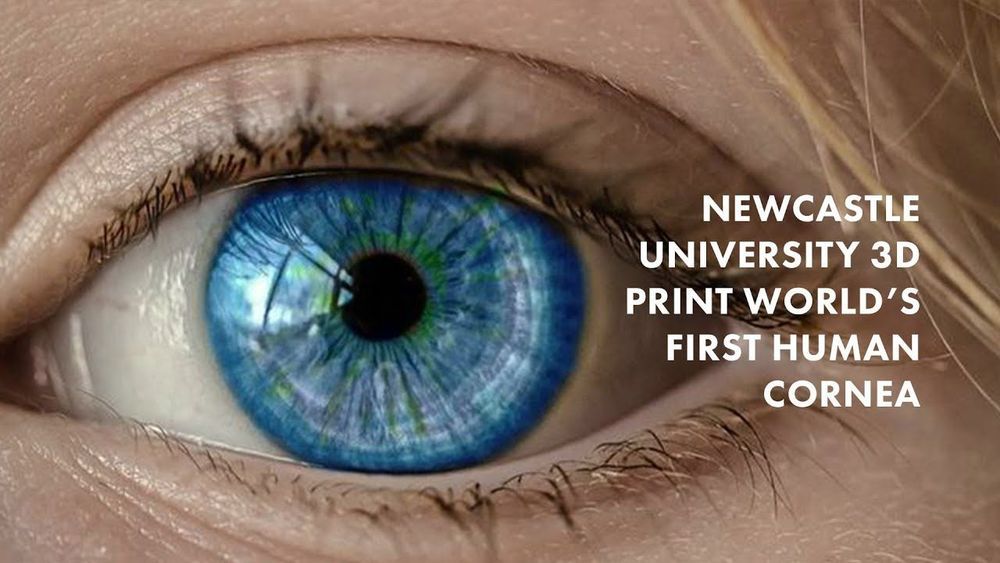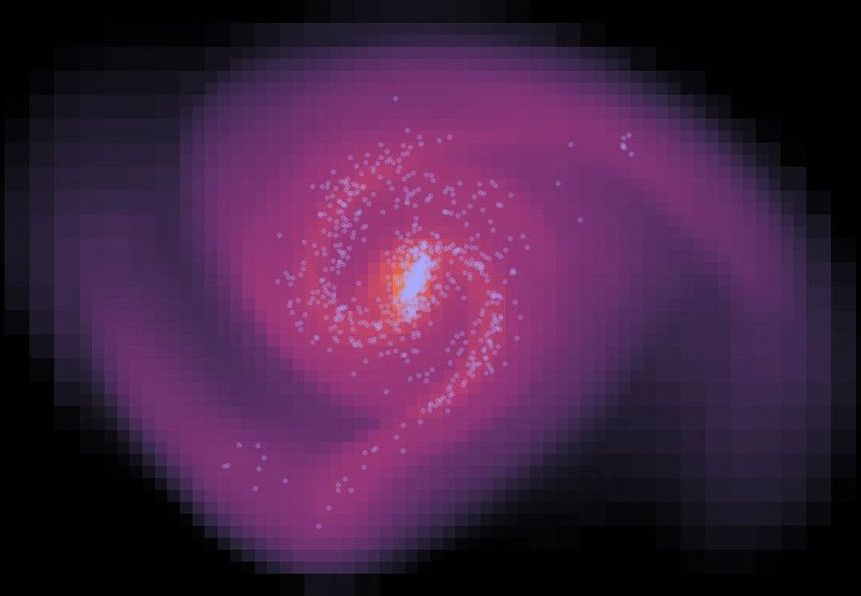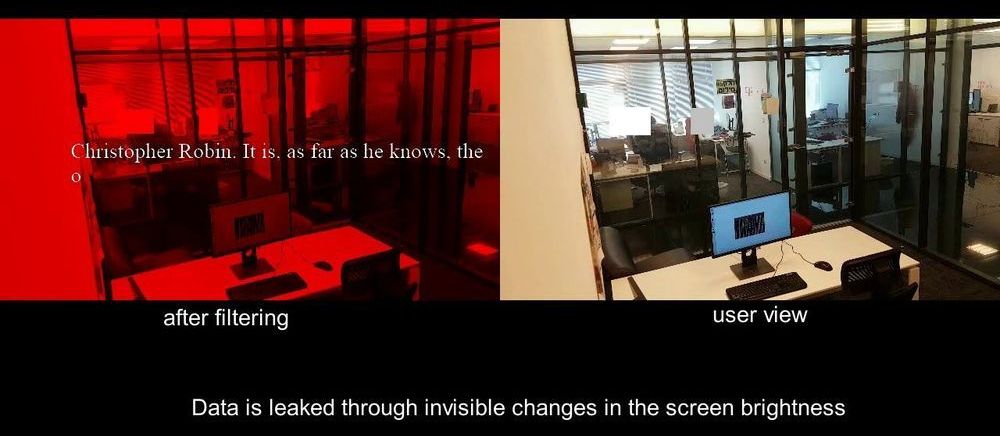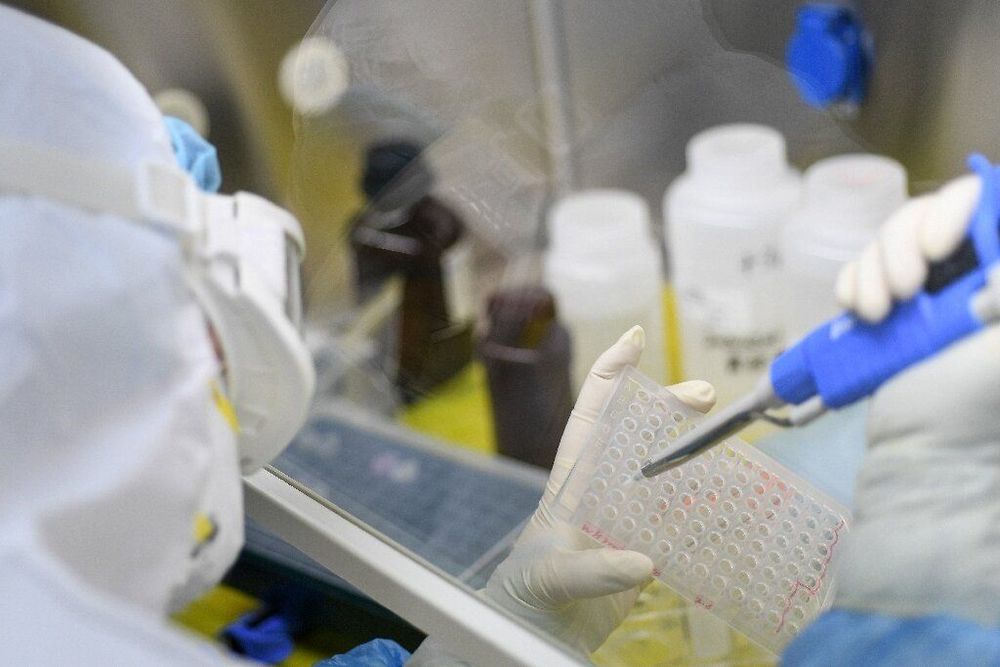Feb 9, 2020
Step Aside 2021 Escalade, Cadillac’s Next Big Reveal Now Official
Posted by Omuterema Akhahenda in category: transportation
Cadillac is fully aware it needs to continue launching new vehicles that are not only relevant for the times but also offer something new. That something is — big surprise — electrification. At the moment, GM’s luxury brand does not sell an EV and its only hybrid model, the Cadillac CT6 Hybrid, is about to be discontinued. Eventually, the just-revealed 2021 Cadillac Escalade will likely offer a plug-in hybrid variant and, perhaps, an all-electric one as well. Thing is, Cadillac can’t wait that long for an Escalade EV, but it turns out an alternative is coming very soon.
GM President Mark Reuss announced last week at the automaker’s Capital Markets Day presentation the brand’s first-ever EV will debut this April. And yes, it will be a crossover, a fact that was announced a year ago at the Detroit Auto Show. Oddly, Cadillac did not preview this vehicle with a concept in the Motor City.


















